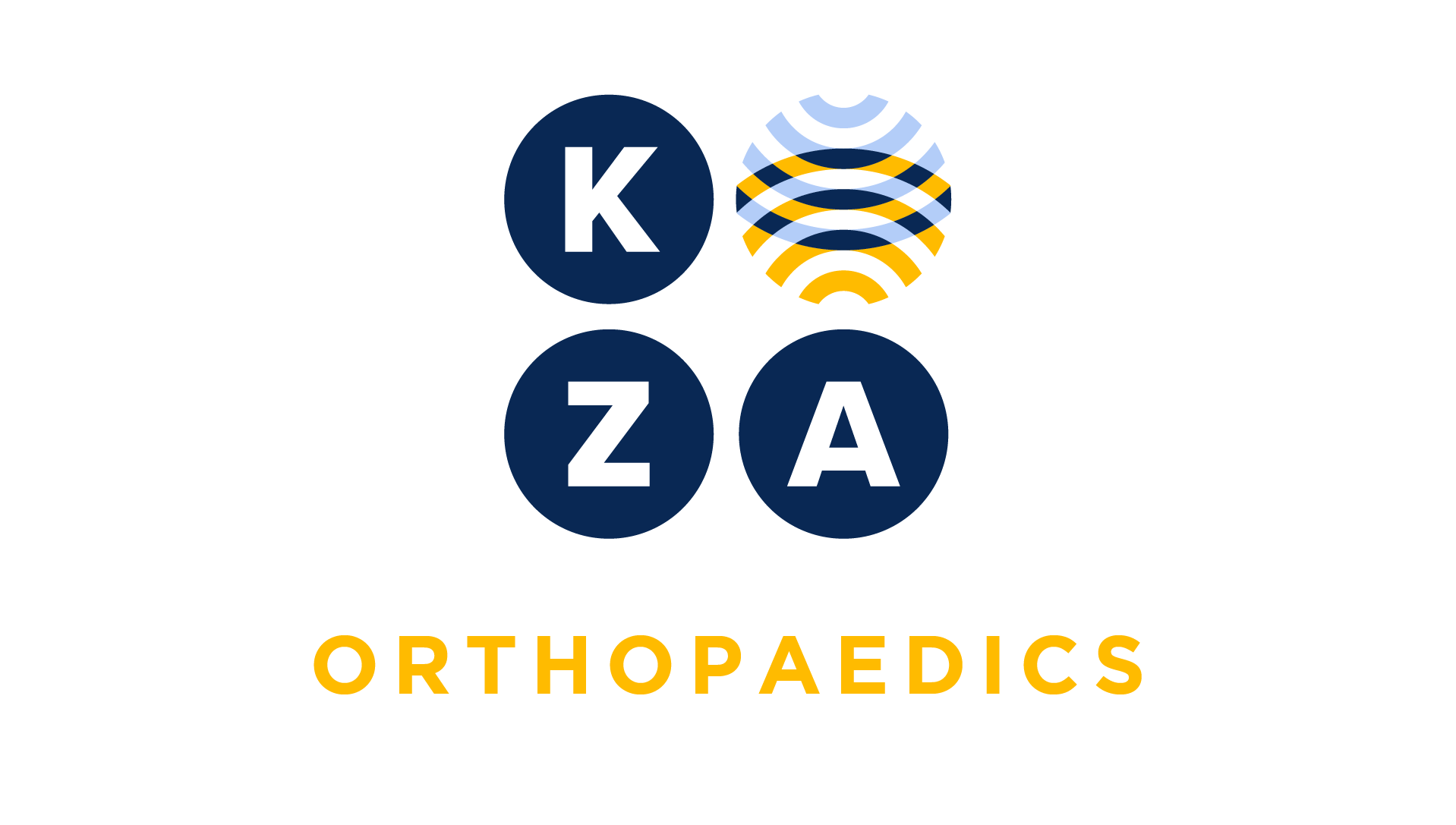
Choose your specialty from the list below to see how our experts have tackled a wide range of client questions.
Looking for something specific? Utilize our search feature by typing in a key word!
Reconstruction of the ATFL and CFL
Our foot and ankle surgeon performed a reconstruction of the ATFL and the CFL ligament in the left leg for a chronic injury. We are looking at CPT codes and wondering if we should be…
Question:
Our foot and ankle surgeon performed a reconstruction of the ATFL and the CFL ligament in the left leg for a chronic injury. We are looking at CPT codes and wondering if we should be reporting CPT code 27696 or CPT code 27698. Which code would you recommend?
Answer:
Thank you for your inquiry. Without seeing the operative note, and addressing only your Question:, the correct code is CPT code 27698.
Let’s take a look at the two codes in Question:
• 27696 Repair, primary, disrupted ligament, ankle; both collateral ligaments.• 27698 Repair, secondary, disrupted ligament, ankle, collateral (eg, Watson-Jones procedure)
The ATFL (anterior talofibular ligament) and the CFL ( calcaneofibular ligament) are ligaments of the lateral complex in the ankle.
CPT code 27698 describes the secondary repair (or reconstruction) of the “collateral” ligament of the ankle, while CPT code 27696 describes a primary repair of both the medial and lateral ligaments in the ankle.
CPT Assistant has advised that a secondary repair code can be used is multiple circumstances, including for chronic injuries and when another tissue is used to perform the repair (reconstruction). A reconstruction would not be performed if the ligament was repairable.
*This response is based on the best information available as of 09/30/21.
Barbotage Procedure
We recently employed a new sports medicine physician and met with her about the type of procedures she will be performing in the office. We are comfortable with most of them but have…
Question:
We recently employed a new sports medicine physician and met with her about the type of procedures she will be performing in the office. We are comfortable with most of them but have never heard of the Barbotage Procedure. She describes it as performed under ultrasound guidance and uses a needling technique to break up calcium deposits in the tendon which are then aspirated back if possible. She says the diagnosis is almost always calcific tendinosis. Are you able to advise us on coding for this procedure?
Answer:
Thank you for your inquiry about this new procedure to your office. The recommendation is to report the Barbotage procedure with an unlisted CPT code based on the anatomic area treated. You may choose to report 76942 for the US guidance separately or include this work in the unlisted code for the procedure and not create a separate fee.
Work with your physician to determine the best comparison code
KZA recommends obtaining prior authorization for private payors as well as implementing a waiver for private payors or ABN, as appropriate for Medicare.
*This response is based on the best information available as of 08/19/21.
“Elbow Injection”
Our sports medicine physician submitted an office note with documentation that he performed an “elbow injection.” We are new to orthopaedic coding and wondering if CPT code 20605 (he…
Question:
Our sports medicine physician submitted an office note with documentation that he performed an “elbow injection.” We are new to orthopaedic coding and wondering if CPT code 20605 (he did not use ultrasound guidance) is the correct code.
Answer:
Your question is not just because you’re new to orthopaedics; we hear this with some frequency and allows you a great opportunity to meet with the physician and review documentation requirements.
KZA is not able to state if CPT code 20605 (Arthrocentesis, aspiration and/or injection; intermediate joint or bursa (eg, temporomandibular, acromioclavicular, wrist, elbow or ankle, olecranon bursa)) is correct or not.
Let’s take a look at a few options and diagnosis code may play an important part in directing you to the correct code in addition to documentation of the exact location.
As noted, CPT code 20605 describes an injection in the joint or surrounding bursa, in this example, the elbow. This may be for a diagnosis of osteoarthritis, bursitis, joint pain, hemarthrosis or effusion if the elbow joint is aspirated of blood or fluid.
CPT code 20551 (Injection(s); single tendon origin/insertion) may be given to the origin site of the extensor carpi radialis brevis (ECRB) tendon for treatment of lateral epicondylitis as an example. The injection is not “in the joint or bursa” but is at the location of where the tendon originates.
CPT code 20550 (Injection(s); single tendon sheath, or ligament, aponeurosis (eg, plantar “fascia”)) differs from CPT code 20551 in that the injection is to the tendon “sheath” or ligament, not the tendon at the origin/insertion site. In the hand, this is commonly the code reported for trigger finger injections. However, in the elbow, the tendon sheath may be injected for epicondylitis, bursitis, tenosynovitis, as examples.
As you can see, automatically defaulting to CPT code 20605 may be incorrect. Work with the physician to understand the code descriptors to allow him to improve his documentation including the exact location and diagnosis.
*This response is based on the best information available as of 08/05/21.
Failed Hardware Removal
Our surgeon attempted to remove deep hardware in the operating room but was unable after multiple attempts. No other surgical procedures were performed. Are we able to bill anything…
Question:
Our surgeon attempted to remove deep hardware in the operating room but was unable after multiple attempts. No other surgical procedures were performed. Are we able to bill anything for the attempted surgery?
Answer:
Yes, you may. Your scenario indicates “deep hardware” indicating CPT code 20680 (Removal of implant; deep (eg, buried wire, pin, screw, metal band, nail, rod or plate) is the correct code. Append modifier 52, reduced service modifier to CPT code 20680 to indicate the service was attempted but not achieved.
*This response is based on the best information available as of 07/22/21.
Open or Arthroscopic CPT Code
Our foot and ankle surgeon performed a right talar arthroscopic intraosseous bioplasty core decompression for an insufficiency fracture. We coded this with an unlisted procedure code,…
Question:
Our foot and ankle surgeon performed a right talar arthroscopic intraosseous bioplasty core decompression for an insufficiency fracture. We coded this with an unlisted procedure code, 29999.
Our hospital is instructing us that this is incorrect and we must report 28899, unlisted procedure foot or toes; they state this code is more specific.
Am I correct to stand my ground and report the unlisted arthroscopic code?
Answer:
Thank you for your inquiry. KZA recommends the unlisted arthroscopic code, 29999, as this is the most specific code for the approach/technique used. We understand that 28899 is more specific to anatomic location and would report this code if the procedure was performed either open or percutaneously.
*This response is based on the best information available as of 06/24/21.
Non-Manipulative Treatment of Finger Fractures: One Code or Four Codes?
Our physician diagnosed non-displaced middle phalangeal fractures on the right index, middle, ring, and little fingers on a high school student. The physician applied a short arm cast…
Question:
Our physician diagnosed non-displaced middle phalangeal fractures on the right index, middle, ring, and little fingers on a high school student. The physician applied a short arm cast as treatment and wants to report CPT code 26720 four times. I explained to the physician that she may only report this code one time as a single cast was applied. She does not agree with me. Am I correct?
Answer:
First, based on your description, CPT code 26720 (Closed treatment of phalangeal shaft fracture, proximal or middle phalanx, finger or thumb; without manipulation, each) is the correct code.
Both of you are correct depending on what rules are being applied.
CPT Rules:The scenario describes middle phalangeal fractures on four separate fingers; note the term “each” in the CPT code description. If you are following CPT rules, the physician is correct to report 26720 for each of the fingers; KZA recommends reporting each code with the appropriate finger modifier; alternatively you could report the code with four units (the finger modifiers represents more specific coding and reporting).
This is a high school student and most likely does not have Medicare coverage unless the student is on disability.
Medicare NCCI Rules:Medicare, via the National Correct Coding Initiative (NCCI) guidelines, instructs that multiple fractures in the same area treated with a single cast (example) may only be reported one time.
The following citation is found in Chapter IV (Musculoskeletal System) of the NCCI Policy Manual.
16. If a single cast, strapping, or splint treats multiple closed fractures without manipulation, only one closed fracture treatment without manipulation CPT code may be reported.
CPT code 26720 is reported one time for the management of the four individual fractures if your practice applies CMS NICC rules to all patients, or if the payor contract states that NCCI guidelines are used.
*This response is based on the best information available as of 06/10/21.

